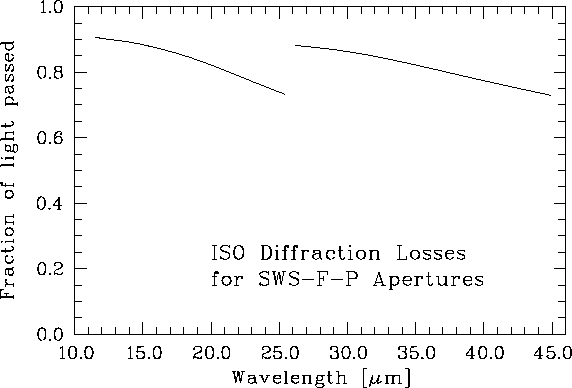
Figure 5.10: SWS Fabry-Pérot spectral response. The flux scale corresponds to a point source, diffraction losses at the aperture have been taken into account

Figure 5.10: SWS Fabry-Pérot spectral response. The flux scale corresponds to
a point source, diffraction losses at the aperture have been taken into
account
Fig. 5.10 shows the SWS Fabry-Pérot spectral
response.
The conversion between units applicable to astronomical sources (Flux
density of a point source
in Jy) and the resulting instrumental signal ( ![]() V/s) is given as a
function of wavelength. Diffraction losses
caused by the fact that the
aperture is comparable in size to the ISO diffraction disk have been taken
into account; the flux used to derive Fig. 5.10 is the true
point source flux. The effect of
these diffraction losses is however not large (Fig. 5.11).
V/s) is given as a
function of wavelength. Diffraction losses
caused by the fact that the
aperture is comparable in size to the ISO diffraction disk have been taken
into account; the flux used to derive Fig. 5.10 is the true
point source flux. The effect of
these diffraction losses is however not large (Fig. 5.11).
The spectral response curve has structure on various wavelength scales.
Large scale trends are determined by the counteracting effects of detector
spectral response increasing with wavelength until close to the detector
cut-off
wavelength, and decreasing transmission of the Fabry-Pérot interferometer.
Structures on scales of microns or tenths of microns can be traced to the
detector spectral response curves and filter transmission curves. A rapid
low-amplitude modulation in the 11.4-16 ![]() m range (not resolved in
Fig. 5.10) is caused by reflections between the surfaces
of the transmission filter used behind slit 1 in the long-wavelength
section of SWS. This `parasitic Fabry-Pérot' effect
is also observed for grating data using the same slit. The stronger
modulation detected at
m range (not resolved in
Fig. 5.10) is caused by reflections between the surfaces
of the transmission filter used behind slit 1 in the long-wavelength
section of SWS. This `parasitic Fabry-Pérot' effect
is also observed for grating data using the same slit. The stronger
modulation detected at ![]() m in the long-wavelength
extended range is again caused by a parasitic Fabry-Pérot effect, this
time in a reflecting
m in the long-wavelength
extended range is again caused by a parasitic Fabry-Pérot effect, this
time in a reflecting ![]() filter. The nearby reststrahlen resonance
of
filter. The nearby reststrahlen resonance
of ![]() causes strong variations with wavelength of the indices of
refraction and absorption,
leading to the observed modulation pattern. An attempt has been made to
characterize these modulations with sufficient accuracy to allow good flux
calibration also in the extended wavelength ranges.
causes strong variations with wavelength of the indices of
refraction and absorption,
leading to the observed modulation pattern. An attempt has been made to
characterize these modulations with sufficient accuracy to allow good flux
calibration also in the extended wavelength ranges.

Figure 5.11: Computed ISO diffraction losses for the SWS F-P channels. The
fraction of the ISO diffraction disk accepted by the effective SWS F-P
aperture is shown as a function of wavelength